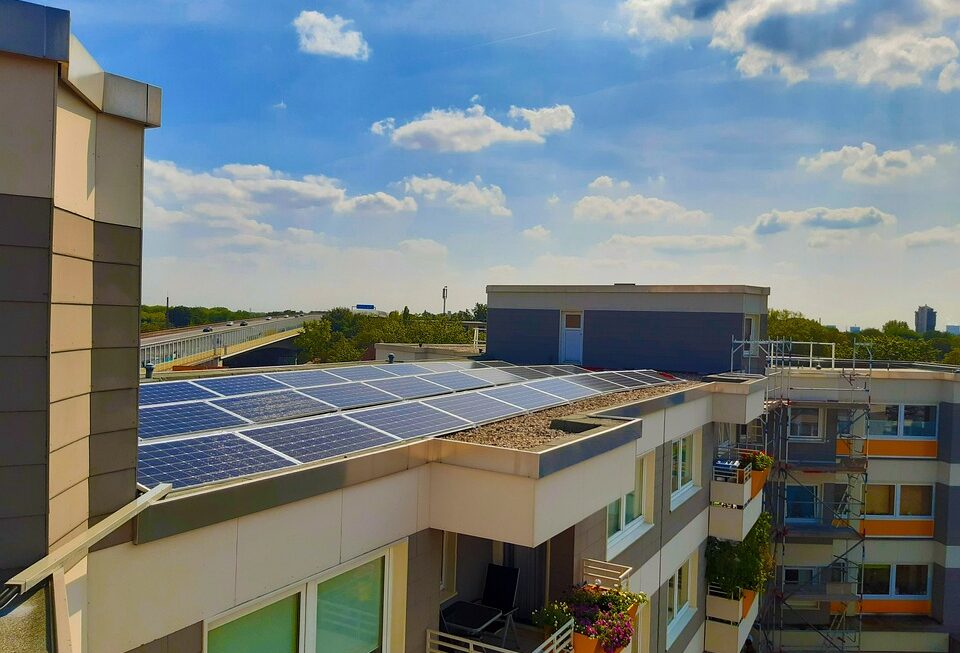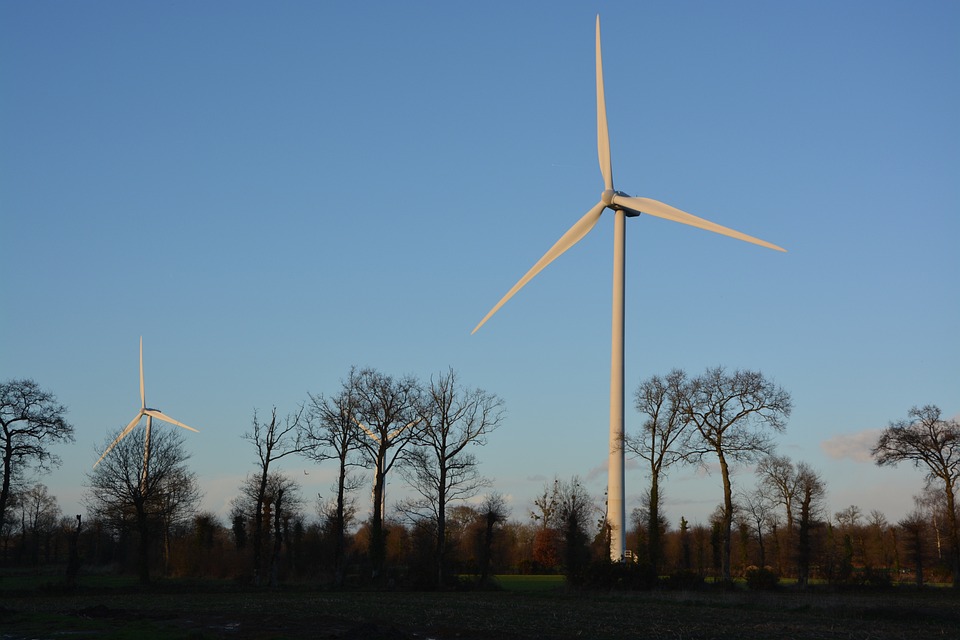[ad_1]
Tips for Creating an Energy-Efficient Home and Lowering Your Bills
In today’s world, many people are looking for ways to reduce their energy consumption and lower their monthly utility bills. Creating an energy-efficient home is a great way to achieve both of these goals. By making some simple changes to your home and lifestyle, you can reduce your carbon footprint and save money at the same time.
Here are some tips for creating an energy-efficient home and lowering your bills:
1. Use energy-efficient appliances
One of the easiest ways to reduce your energy consumption is by using energy-efficient appliances. When shopping for new appliances, look for the Energy Star label, which indicates that the appliance meets strict energy efficiency guidelines set by the Environmental Protection Agency. Energy-efficient appliances use less energy, which can help lower your utility bills.
2. Upgrade your insulation
Upgrading your home’s insulation is another great way to improve its energy efficiency. Proper insulation helps keep your home warm in the winter and cool in the summer, reducing the need for heating and cooling. This can lead to significant energy savings and lower utility bills.
3. Install a programmable thermostat
A programmable thermostat is a great tool for reducing energy consumption and saving money. By programming your thermostat to adjust the temperature while you’re away or asleep, you can reduce your heating and cooling costs without sacrificing comfort.
4. Use energy-efficient lighting
Switching to energy-efficient lighting is an easy way to reduce your energy consumption. LED and CFL bulbs use significantly less energy than traditional incandescent bulbs and can last much longer. Making the switch to energy-efficient lighting can help lower your electricity bill and reduce your environmental impact.
5. Seal air leaks
Air leaks in your home can lead to energy waste and higher utility bills. By sealing air leaks around windows, doors, and other areas, you can improve your home’s energy efficiency and reduce your heating and cooling costs.
6. Use smart power strips
Many electronic devices continue to draw power even when they’re turned off. Smart power strips can help eliminate this “phantom” energy use by cutting power to devices when they’re not in use. Using smart power strips can help lower your electricity bill and reduce your overall energy consumption.
7. Consider solar panels
Installing solar panels on your home is a great way to generate your own renewable energy and reduce your reliance on the grid. While the initial cost of solar panels can be high, they can lead to significant long-term energy savings and even generate income through net metering programs.
8. Plant shade trees
Planting shade trees around your home can help reduce the amount of heat that enters your home in the summer. This can help lower your cooling costs and improve your home’s energy efficiency. Additionally, trees can improve air quality and provide other environmental benefits.
FAQs:
Q: How much money can I save by making my home energy-efficient?
A: The amount of money you can save by making your home energy-efficient will depend on many factors, including the current state of your home, the changes you make, and your overall energy use. However, it’s possible to save hundreds of dollars a year by improving your home’s energy efficiency.
Q: Will making my home energy-efficient require a large upfront investment?
A: While some energy-efficiency upgrades, such as solar panels or new appliances, may require a significant upfront investment, many changes can be made at a relatively low cost. Simple changes like installing a programmable thermostat, sealing air leaks, and using energy-efficient lighting can lead to significant energy savings without breaking the bank.
Q: What are some common misconceptions about energy efficiency?
A: One common misconception is that improving energy efficiency means sacrificing comfort. In fact, many energy-efficient upgrades can improve comfort while also saving money. Another misconception is that energy efficiency is only for people who want to “go green.” In reality, saving energy can benefit everyone by reducing utility bills and environmental impact.
Q: How can I know which energy-efficient upgrades are right for my home?
A: The best way to determine which energy-efficient upgrades are right for your home is to have an energy audit. An energy audit can help identify areas of your home that could benefit from energy-efficiency improvements and provide recommendations for upgrades. Additionally, many utility companies offer energy-saving programs and incentives to help homeowners make energy-efficient upgrades.
In conclusion, creating an energy-efficient home is a great way to reduce your energy consumption and lower your monthly utility bills. By making some simple changes to your home and lifestyle, you can save money while also reducing your environmental impact. Whether you’re interested in upgrading your appliances, improving your insulation, or installing solar panels, there are many options for creating a more energy-efficient home. With some careful planning and an understanding of the benefits, you can transform your home into a more sustainable and cost-effective space.
[ad_2]



